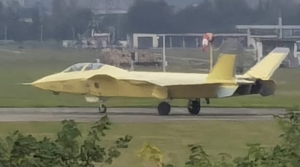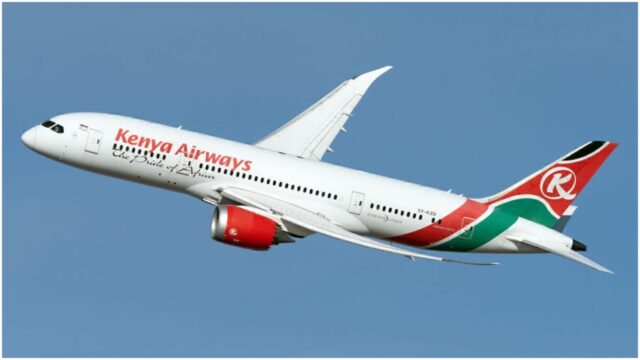Two-seat J-20S officially unveiled at Zhuhai

The unveiling of the J-20S aircraft at Zhuhai was formally announced by the Ministry of National Defense of the People’s Republic of China, and it was explained that the aircraft’s existence is now unclassified. Many photos of the aircraft have been seen, however, so its existence was hardly secret!

The new two-seat J-20S variant is the world’s first two-seat stealth fighter, though its exact purpose has not been explained. It may originally have simply been intended as a dual seat training version of the J-20 Mighty Dragon, necessitated by the J-20’s handling characteristics and perhaps by shortcomings with the synthetic training devices available to the PLA Air Force.
The aircraft is now seen as a “heavy-duty radar-evading fighter jet with long-range operation and multifunction capabilities,” according to Wu Jiwei, a spokesman for the Aviation Industry Corporation of China (AVIC).
A press release said that: “The new jet is characterized by its supreme ability to seize superiority in air combat, carry out precision strikes against land and sea targets, and perform battlefield situational awareness, electronic jamming and tactical command and control operations.”
The release also said that: “In addition to conventional tasks, the J-20S can team up with unmanned aircraft in air combat.”
Modern fighters are relatively easy to fly, and new collaborative combat aircraft tend to incorporate a high level of autonomy, meaning that they do not need to be constantly directly controlled, though a second crew member might still be useful to manage Manned-Unmanned Teaming (MUM-T) operations, especially in highly contested airspace.

The official press release said that the baseline J-20 first flew in January 2011 before being officially declassified at the Zhuhai Airshow in November 2016, shortly before entering service. Development of a two-seat variant was rumoured in 2018, and the prototype was filmed taxying at the Chengdu Aerospace Corporation factory airfield in October 2021, flying for the first time in November. Four prototypes have reportedly been produced, and some or all of these are now believed to supporting development testing at the Central Flight Test Establishment (CFTE).
















